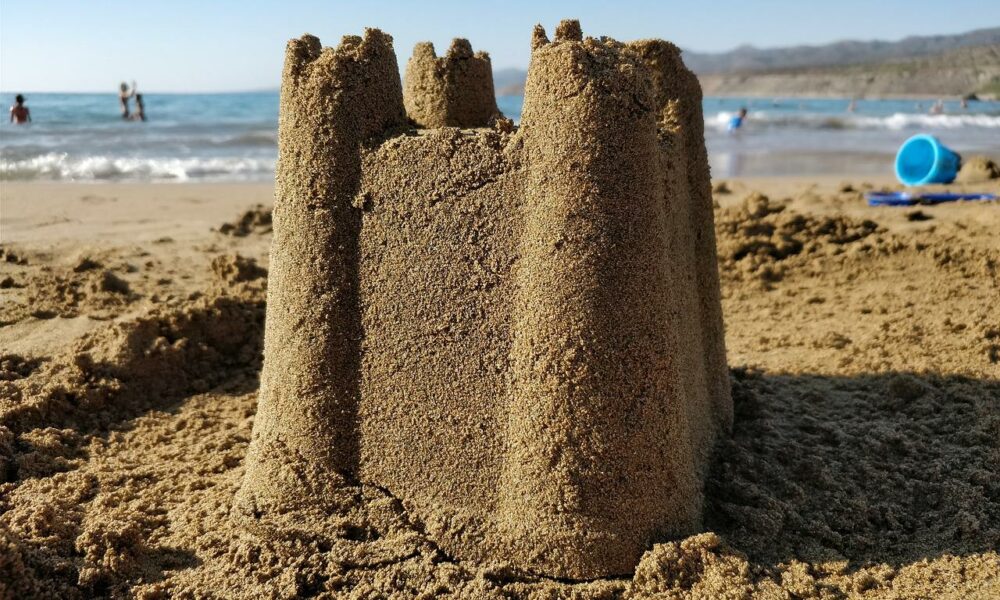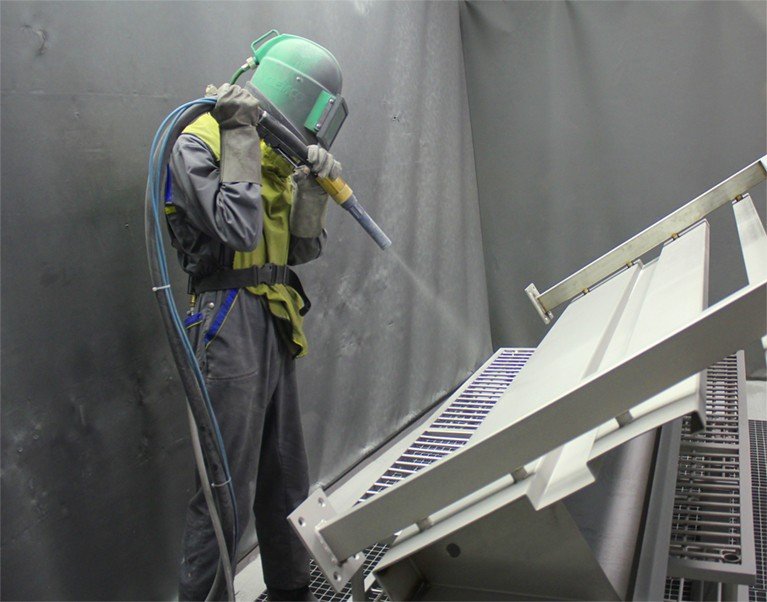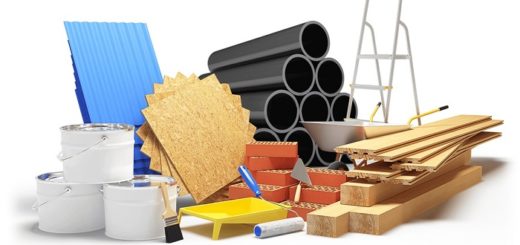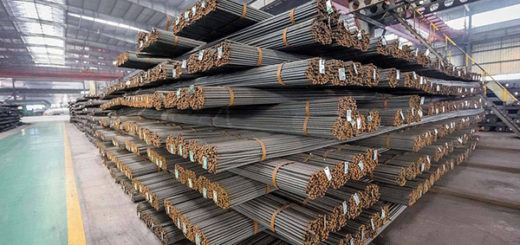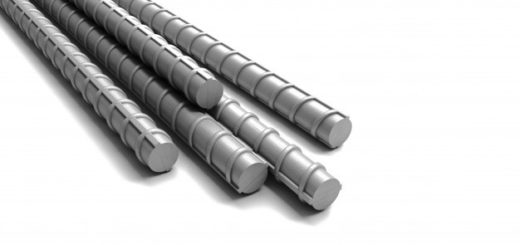The Best Use of Sand in Construction
Sand is one of the most widely used construction materials in the world. When they discuss the use of sand, it does only limit to construction but also it is used in many industries.
Sand is a granular substance made up of tiny mineral fragments. The content of sand varies, but the grain size is what distinguishes it. Sand is coarser than silt and has smaller grains than gravel. Sand can also refer to a particular soil type or textural class of soil.
Uses of Sand
There are different types of sand used for different work. Out of those sand, the most common types of sand are;
- River Sand
- Sea Sand
- Manufactured Sand
- Washed Sand
- Mason Sand
River sand, sea sand, and manufactured sand are used for concrete production and other types of sand are mostly for the other application of construction work.
Let’s discuss each type of use of the sand in detail.
Concrete Production
Sand is one of the main ingredients of the concrete next to the cement and coarse aggregate. Sand is an essential fine component in concrete. Sand is an inert component of the concrete mix, yet it is nevertheless essential. Increases mortar’s volume and, as a result, makes mortar more affordable. The density of mortars and concrete is increased by properly graded sand. Sand use prevents mortar from shrinking too much. It makes the building more resistant to the effects of the atmosphere because it is an inert substance.
Mortar
Mortar is created by combining sand and cement. Cement, fine aggregates, and water are the ingredients in the mortar. In masonry work, plastering, filling, leveling floors, and repairing concrete buildings that have been damaged, mortar is employed. Due to the lack of coarse aggregate (gravel) and the presence of water, cement, and sand, mortar is also used to fill gaps.
Plastering
The main component of the plaster is the sand. Plaster is made of sand and cement mix. Depending on the strength requirement of the plaster which depends on the purpose of applying the plaster, the mix proportions of the sand and the cement will be varied. The mix proportions (cement: sand) such as 1:3, 1:5, etc. are some examples.
For any plastering work, river sand is typically used. Plasterers use natural sand, crushed stone sand, or crushed gravel sand in every plastering project. Sand used in plastering tasks has a grading restriction.
Glass Manufacturing
One of the highlighted uses of sand glass manufacturing use sand. It is estimated that less than 1% of the 50 billion tons of sand that is extracted annually is industrial sand, which must match the highly strict chemical and physical standards of the glass industry.
Because the purity of the sand directly affects the transparency, strength, and durability of the glass, these stringent criteria are necessary. The light or heat transmittance requirements can only be met by creating glass constructed from high-quality silica sand without sacrificing strength and safety.
Brick Production
One of the key uses of sand is using it for making different types of brick manufacturing.
The ideal kind of sand for making concrete bricks is building sand. Due to its cohesive qualities, it is appreciated and employed in various kinds of buildings. To create premium concrete bricks, building sand reacts effectively with cement. However, you must keep in mind to combine it with crushed stone to give the bricks and blocks a rougher surface. This will improve the plaster’s grip and result in a wall surface that will endure longer. The addition of the stone fragments will help make the brick stronger.
Use of Sand in Road Construction
It should be emphasized that using sand as a base layer in its tidy state will result in the most cost-effective usage of the material for road construction. The use of sand in this way would not have typically been regarded as practical in the past due to a lack of a complete grasp of this material’s features and capabilities, as well as its noncompliance with traditional criteria.
The sand of the appropriate quality can serve as a suitable construction material in all layers of road pavement when properly selected, tested, designed, and built.
Silicon Production
In an industrial setting, silica is heated with coke (a type of coal) in a furnace to create pure silicon. But Jason Stainer, an English science teacher, taught me about an even simpler way that is also less economical. Simply heat a test tube filled with a mixture of regular silica sand and magnesium powder. The oxygen atoms from the silica are taken by the magnesium, leaving only the elemental silicon.
Sand Blasting
The process of violently projecting a stream of abrasive material on a surface under high pressure to smooth a rough surface, roughen a smooth surface, shape a surface, or remove surface contaminants is known as sandblasting, sometimes known as abrasive blasting. The blasting material is propelled by a centrifugal wheel or a pressured fluid, usually compressed air.
There are different methods such as wet abrasive blasting, vapor blasting, bead blasting, wheel blasting, micro-abrasive blasting, automated blasting, dry ice blasting, bristle blasting, vacuum blasting, etc. used depending on the required application.
Artificial Beach
Artificial beaches or man-made beaches are made of sand. These will be made by pumping the sand to the beach. These kinds of beaches are made when the land area is not adequate or when it is required to have decorative entertainment areas.
Uses of Sand as Water Filter
Sand is used as a water filter. With its good permeability properties and it is widely used the filtered water from impurities. This filtering method may not be able to use for drinking purposes.
Suspended debris, as well as floating and sinkable particles, are removed using sand filtration. Vertically across a fine sand bed, the wastewater flows. Particles are eliminated through physical encapsulation or absorption. The filter has to be rinsed if there is an excessive amount of pressure loss.

